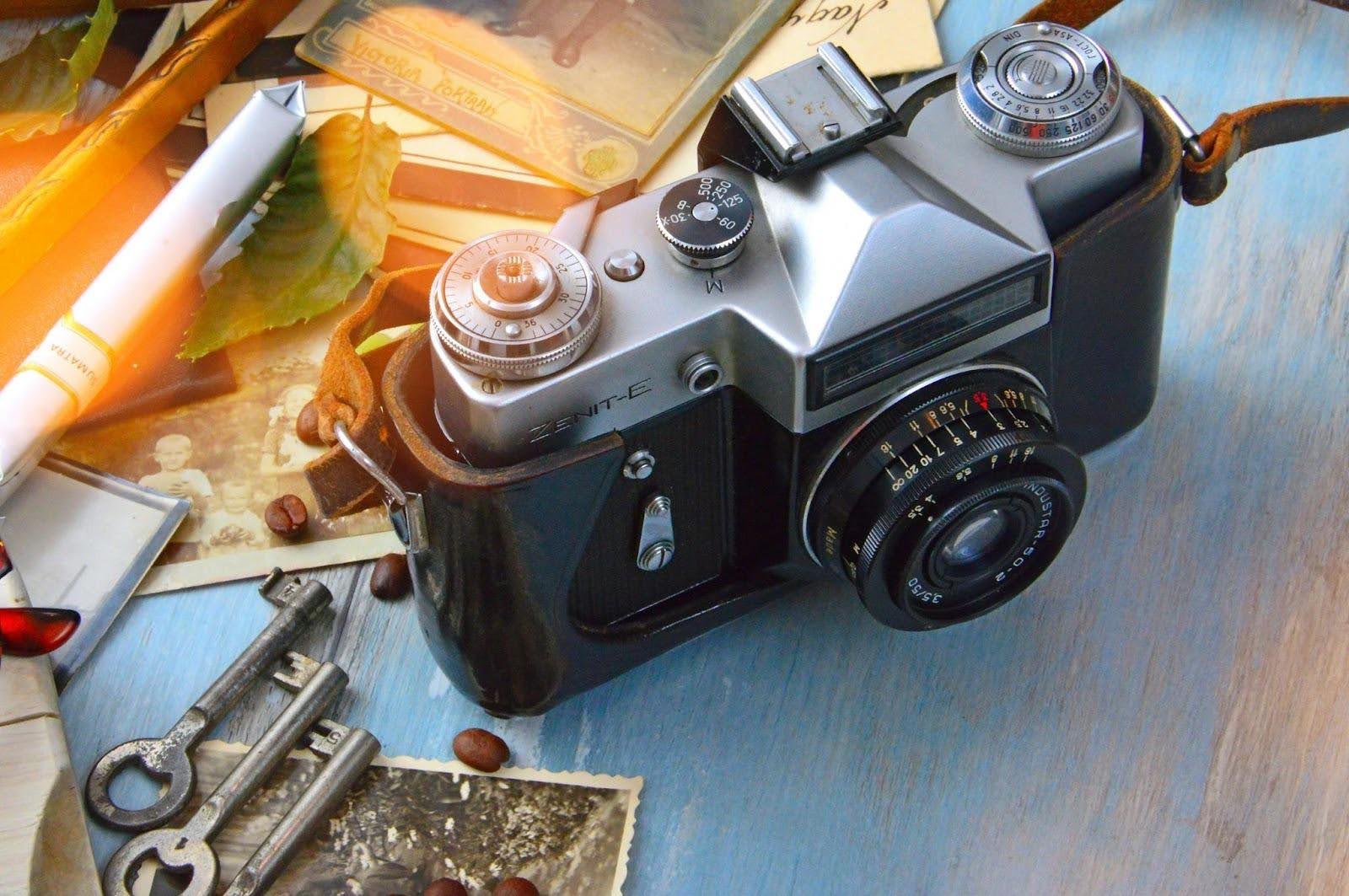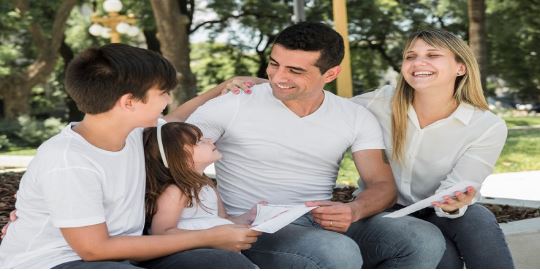Color always finds a means to make a return out of fashion, the color of buildings, cuisine, and businesses; it also becomes a trend in all fashion, even OOTD (outfit of the day), reminding us that trends can become outdated, but color never gets outdated.
These vibrant, nostalgic colors bring the beauty of the past to today’s world, and they’ve actually never felt fresher. Love design, art, or even just putting a little pizzazz into your pad, you’re in the right place.
What Defines a Color Palette “Retro”?
Color Palettes are retro-biased because they provide you with a sense of nostalgia, typically between the 1950s and the 1990s. Imagine mustard yellows, orangey burnts, green olives, pale pinks, and turquoise. These colors are emblematic of the character of every decade: earthy and warm in the ’70s, pastel-biased in the ’80s, and bright pop of color in the ’90s.
Each color scheme has an account to give. Having them remind you of the old poster, antiques and structures, memories of your favorite movies, and cartoons. And that is what makes them strong and ideal for today’s design environment, where emotion inspires engagement.
Why Retro Feels Right Now
Individuals these days adore retro color palettes as they marry familiarity and novelty. In today’s high-tech world that tends to be cold or too minimalist, retro hues provide warmth and personality. They make individuals think of coziness, imagination, and the good old days.
Even during free time, such as playing blackjack online, retro color schemes in websites or applications bring a light-hearted, inviting atmosphere that encourages individuals to stay longer. Observe that you always play responsively.
The Psychology of the Colors
Retro colors tend to have emotional resonance. Mustard yellow infuses energy and hopefulness. Rich brown provides a sense of grounding and stability. Delicate pink provides warmth and whimsy.
Psychological impact is why today’s generation gravitates toward retro color schemes when they desire to build emotional resonance. Using colors that connect with memory creates instant recognition. That’s a very strong marketing, interior design, and digital experience tool.
Tips for Designing Your Own Retro Palette
In case you wish to create your own retro-style color palette, here’s where to begin:
- Examine Old Ads or Posters: They’re packed with vintage color combinations.
- Utilize Internet Applications: Websites such as Coolors or Adobe Color come with pre-existing retro preset palettes.
- Test Small First: Experiment with shades in a single design component before settling.
- Be Realistic: Steer clear of overly bright interpretations of retro shades.
An effective retro palette is deliberate and personal. It speaks to your history and reminds you of the past.
Wrapping Up
Retro color palettes remind us that old can really feel new again. Don’t be hesitant to play. Celebrate the boldness, the warmth, and the heritage these palettes bring. They’re not trends, they’re timeless resources that keep inspiring.
It brings life, personality, and emotion into any space or generation. If you’re looking to refresh your creative work, looking back might be the best way to move forward.







